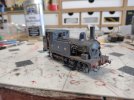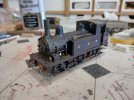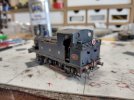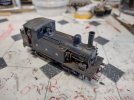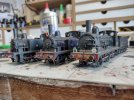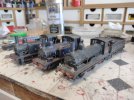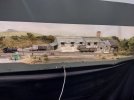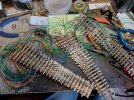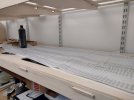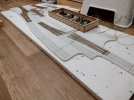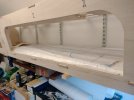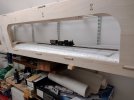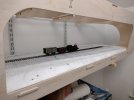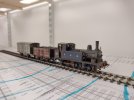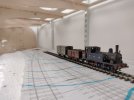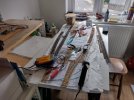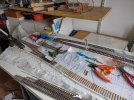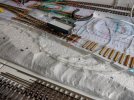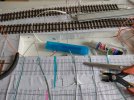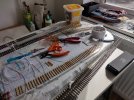Oh no not another buckjumper!
So this little project has been going on in the background since #151 was competed. With all the goings on on the layout the workbench wasn't being used to I took the opportunity to have a slow project going on in the background.
Back at Christmas I had assumed wrongly that I would be able to run the layout with one fitted and one unfitted tank loco but finalising the time table had meant that I've realised it is best run with two fitted locomotives. Unfortunately 407 doesn't fit that requirement. But I was always in the grand plan intended for that loco to work the goods station at Norwich Whitefriars when I get round to building that section of the system.
So we needed another fitted tank loco for October.... Alongside a working layout.... I could wait for the accurascale offering but given the delay to those it's a bit of a risk so I settled on building another buckjumper. Much to my delight!
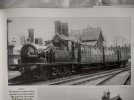
The subject wasn't hard to decide upon. The GER B32 class were the second batch of small buckjumpers following a few years later after their earlier E22 siblings (#151 of earlier posts is of this early batch) although the LNER called them all J65 the B32s were heavier due to an increased water capacity 650gallons rather the the earlier 600. But interestingly this was done by lowering the tank height at the same time to give better visibility to the driver. And giving a visual difference between the two batches.
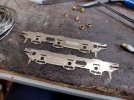
#253 was out shopped from Stratford in April 1893 and for most of her early life was based in and around Ipswich during that time she was placed on loan at least once to the Mid Suffolk Light Railway to cover in one of thier many motive power shortages. The photo shows her on the Eye branch. One of her other haunts. She ended her days at Yarmouth beach and was condemned in 1949 after over 30 years service. Also as you can see from the photo she has mamy unusual details. Tapered buffers, safety valves on the boiler barrel and the vent in the cab front. All things that will distinguish her from sister 151.
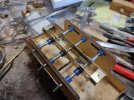
The kit is the same as used on 151. The old Riceworks etchings now supplied by London Road Models. Building a kit for the second time is like wandering down a familiar path. You know much better where all the lumps and bumps are and can plan accordingly.
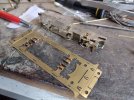
However I'm not quite building 253 the same way. It's 3 years since I built 151 and I've moved on somewhat. Use of more refined techniques and the RSU is now playing a big part in construction, a tool I didn't have a few years ago.
The other key change is I've decided to experiment with a different form of flexichas compensation. 151, 407 & 510 all featured a fixed rear axel with a rocking beam supporting the front two. On the tender loco running was fine but on the tank locos the fixed rear axel seems to find every bump in the trackwork and with weight in the tanks both wobble a wee bit. So on 253 I'm trying using a pair of split beams to support the two rear axles and a single rocking front axle. Which means that we maintain 3 point suspension but have all axles moving. It might make no difference but it's worth a try
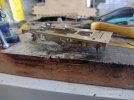
So that's progress to date. Back to track laying
